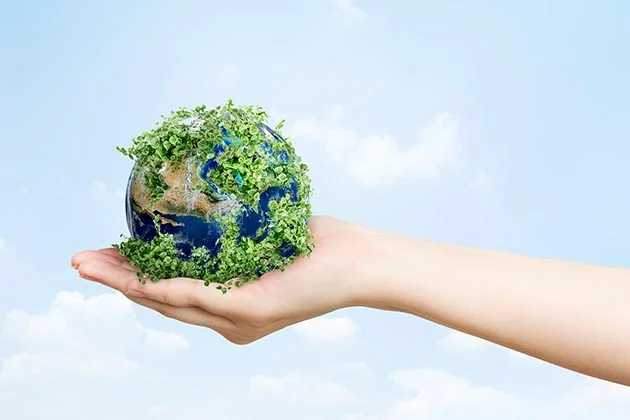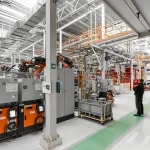Due to the rapid growth of technological advancement in many industries, sustainability has become a major global concern. Initially, the perspective of sustainability was considered based on its efficiency to benefit the industry economically. However, the perspective gradually shifted based on its performance to deal with operational environmental concerns. One of the global growths in the manufacturing industries is due to the increase in population, consumerism, and upgrading lifestyle. Manufacturing is not just limited to one aspect of a product but is a complete cycle that involves designing, extraction of materials, production, assembling, transportation, service, maintenance, and post-use phases such as recycling and disposal. Many a time the terms “manufacturing” and “production” is used interchangeably even though conceptually they are different from one another. When the term “production” is used, it only relates to production planning, material processing, and quality assurance whereas the term “manufacturing” covers all the functions and activities from product ideation to its disposal.
Even though sustainability and manufacturing are diverse areas of research individually, both are intricately connected. Sustainability is important for organizations as it is a crucial key for modern manufacturing that opens opportunities for the organizations to build visibility and competitive edge. Paradigms such as lean manufacturing, circular economy, clean and green production, industrial sustainability and more are all the result of sustainability. In developing companies, manufacturing is looked upon as a source of economic growth creating employment opportunities even though it comes with an environmental cost. However, when it comes to sustainability management, manufacturers have the obligation to look at both environmental adversities and social responsibilities. Here are some of the challenges related to sustainability that the manufacturing industry is facing currently and what can the manufacturing industries do about it.
- Environmental degradation: Manufacturing industries alone causes more environmental impacts on the regional and global level than any other industry affecting both nature and human health. Air, water, and soil are constantly getting polluted due to the high demand and growth of the manufacturing industry. In fact, the manufacturing industry ranks second in terms of the largest contributor to direct GHG emissions and ranks third in terms of the largest contributor to CO2 emission. The manufacturing industry also contributes to the increase in greenhouse gases and global warming. Manufacture of paper, plastics, chemicals, and other harmful and toxic products is dangerous for humans, animals and nature yet there is a high demand for them only because they improve the standard of life and adds comfortability. However, companies in numbers are now considering sustainability as one of the most important organizational objectives and improving their performance to reduce their resource footprints. Some of the major steps that the manufacturing industries are taking are implementing a coordinated, integrated, and formal manner to address and solve sustainability issues. They are now focusing on a long-term collaborative work plan with the stakeholders. Manufacturing industries are using innovation, scenario planning and strategic ways to deal with sustainability issues.
- Product Design: One of the most important and conventional roles of the manufacturing industry is to design the products in a way that meets its objective based on the preferences of the customers. While deciding about the product design, manufacturing industries have to consider the performance, efficiency, ergonomics, and aesthetics of the product. However, due to the primary focus on the objective of sustainable manufacturing, the product designers are bound to take responsibility for the environmental impact of their decisions. Therefore, it is crucial for the product designer to first attune themselves to the issues related to sustainability before choosing the materials and the processes as they may have a significant impact on the environment. One of the best ways product designers can balance the product requirements and the potential environmental impact is by implementing Design for Environment (DfE) or Eco-design for the product design process.
- Product Lifecycle Management: Manufacturing is not just about producing goods but a cycle that is divided into five stages that are pre-manufacturing activities, manufacturing, delivery, utilization & recycling, and disposal. Life Cycle Assessment (LCA) is a process that manufacturers use to incorporate sustainability. It helps them to design the product considering the raw materials and the waste generation that may affect the life of the product. LCA method helps manufacturers in minimizing waste and emissions and committing to sustainable manufacturing. To gain both economic benefits and minimize environmental degradation, manufacturers can combine the two methods of DfE and LCA.
- Production: Production is the main aspect of manufacturing that is linked directly to sustainability. With the right process of production, manufacturers can limit the usage of resources and cause minimal pollution. One of the ways is the Lean Principles that improves the production process by minimizing the elimination of wastes. Therefore, the implementation of this process will allow manufacturers to not only reduce waste, improve the quality, and increase the market share but also transform the production process into an environment-friendly method. Manufacturers can also focus on extending the life of the products by recycling, reusing, and remanufacturing to attain sustainable manufacturing.










